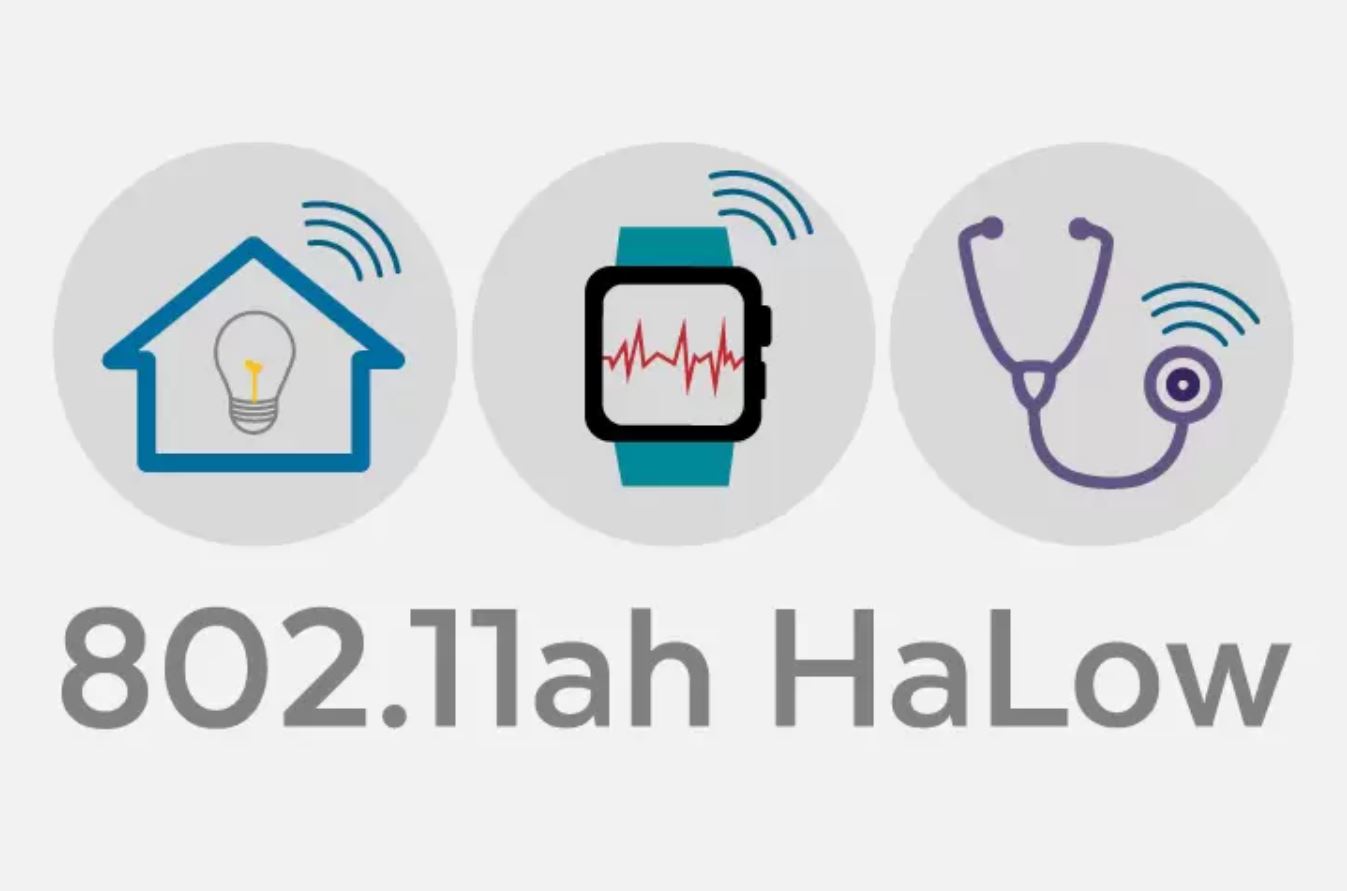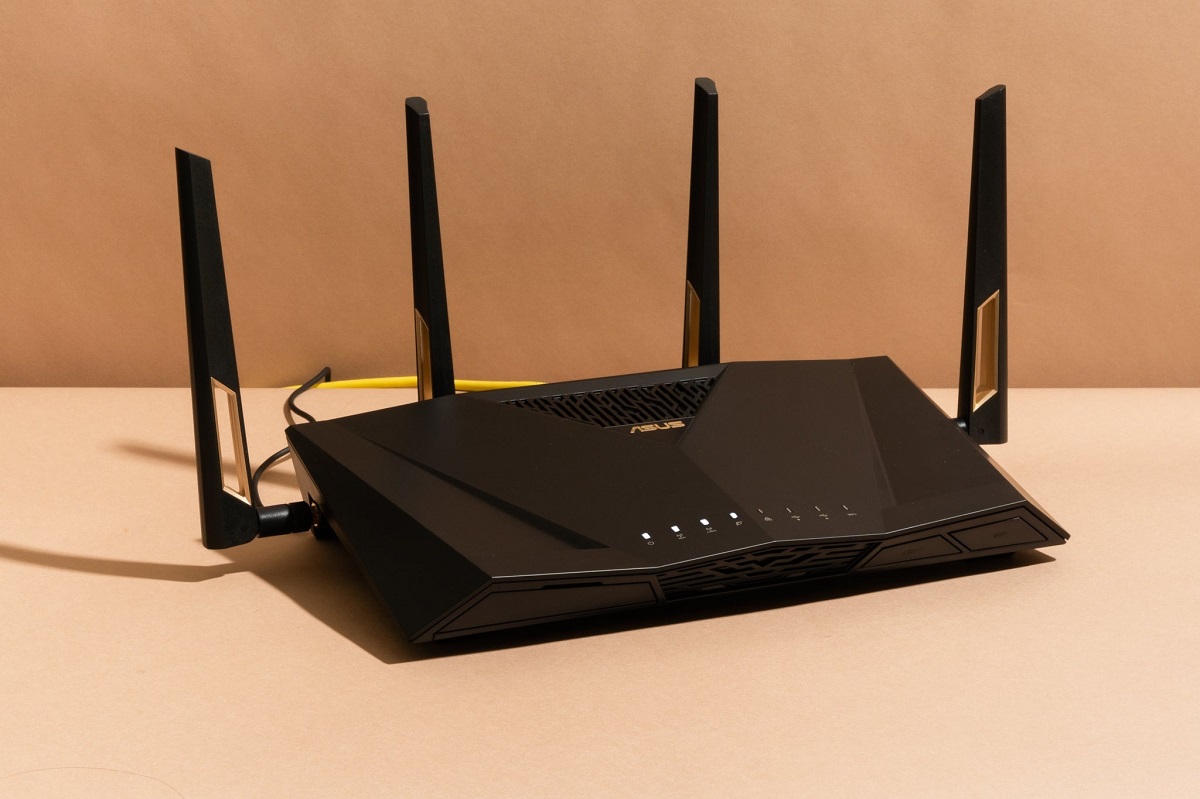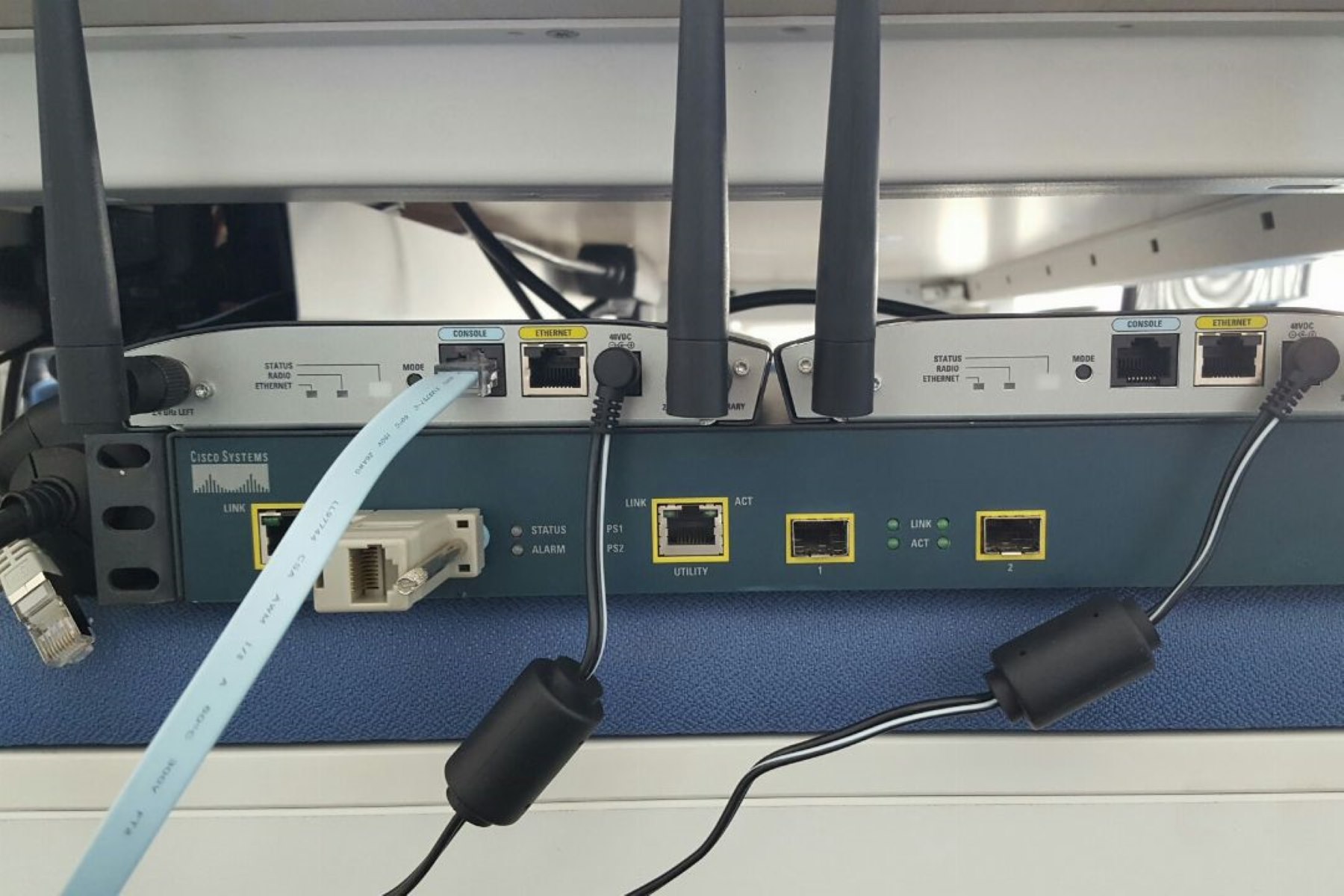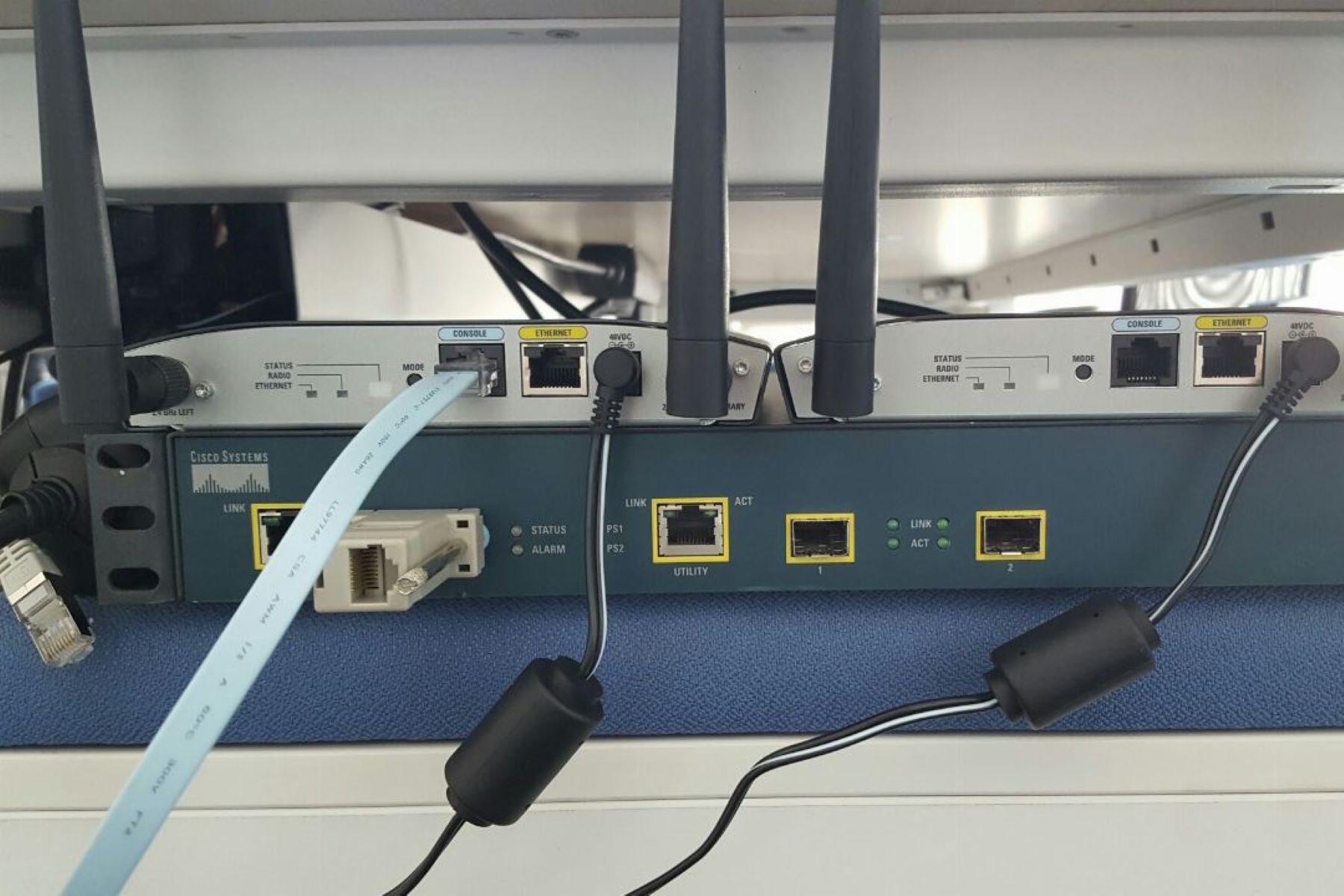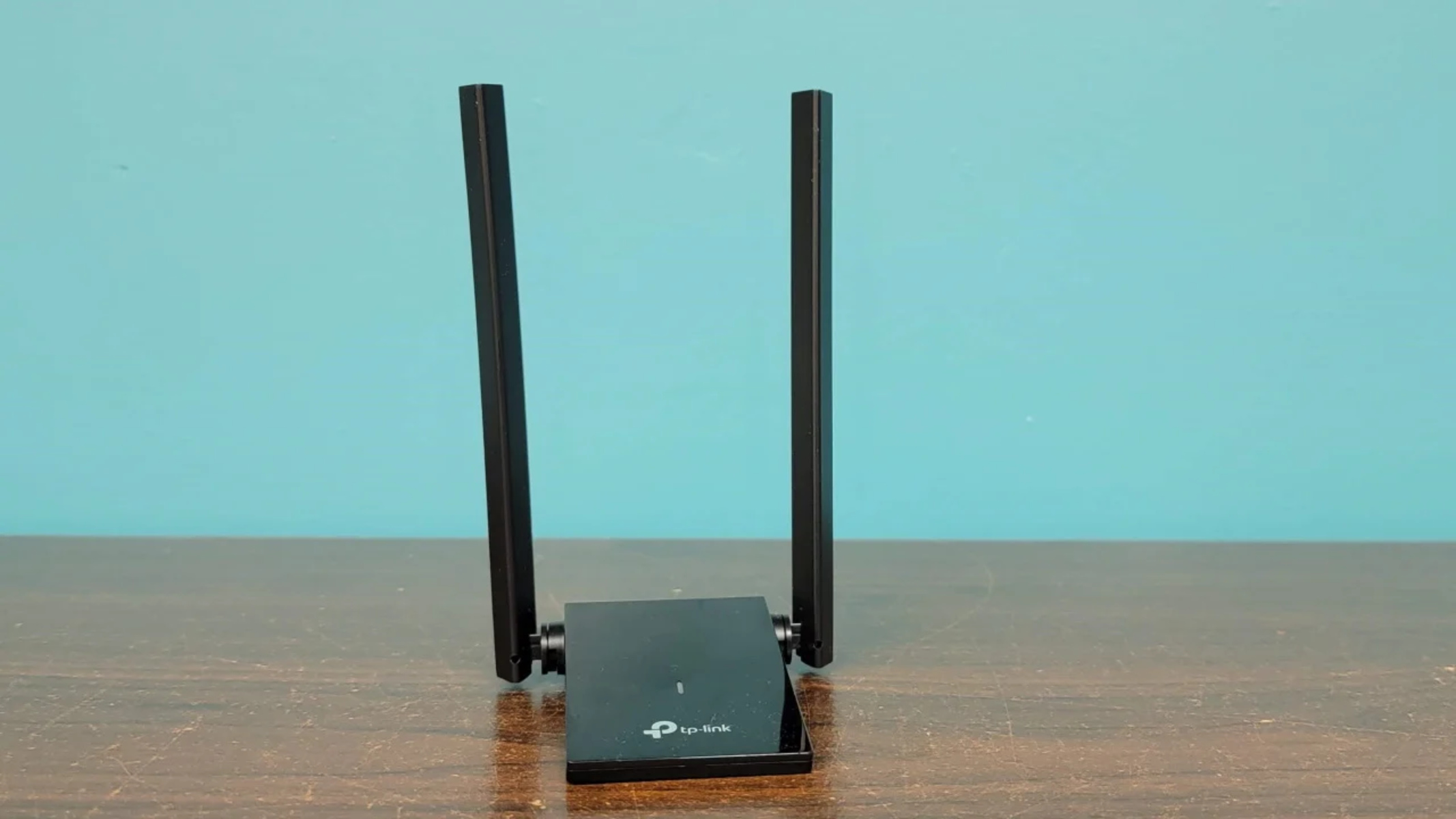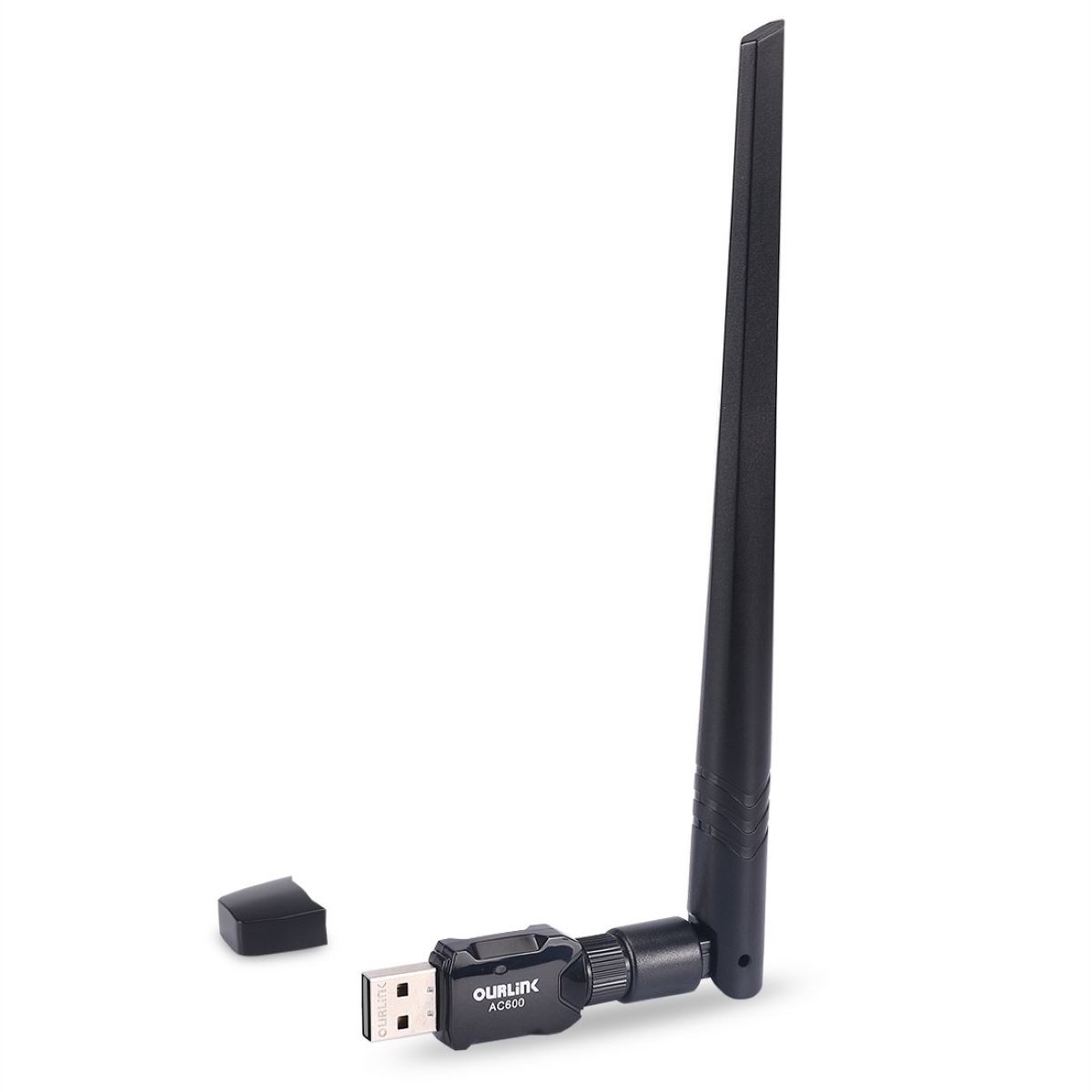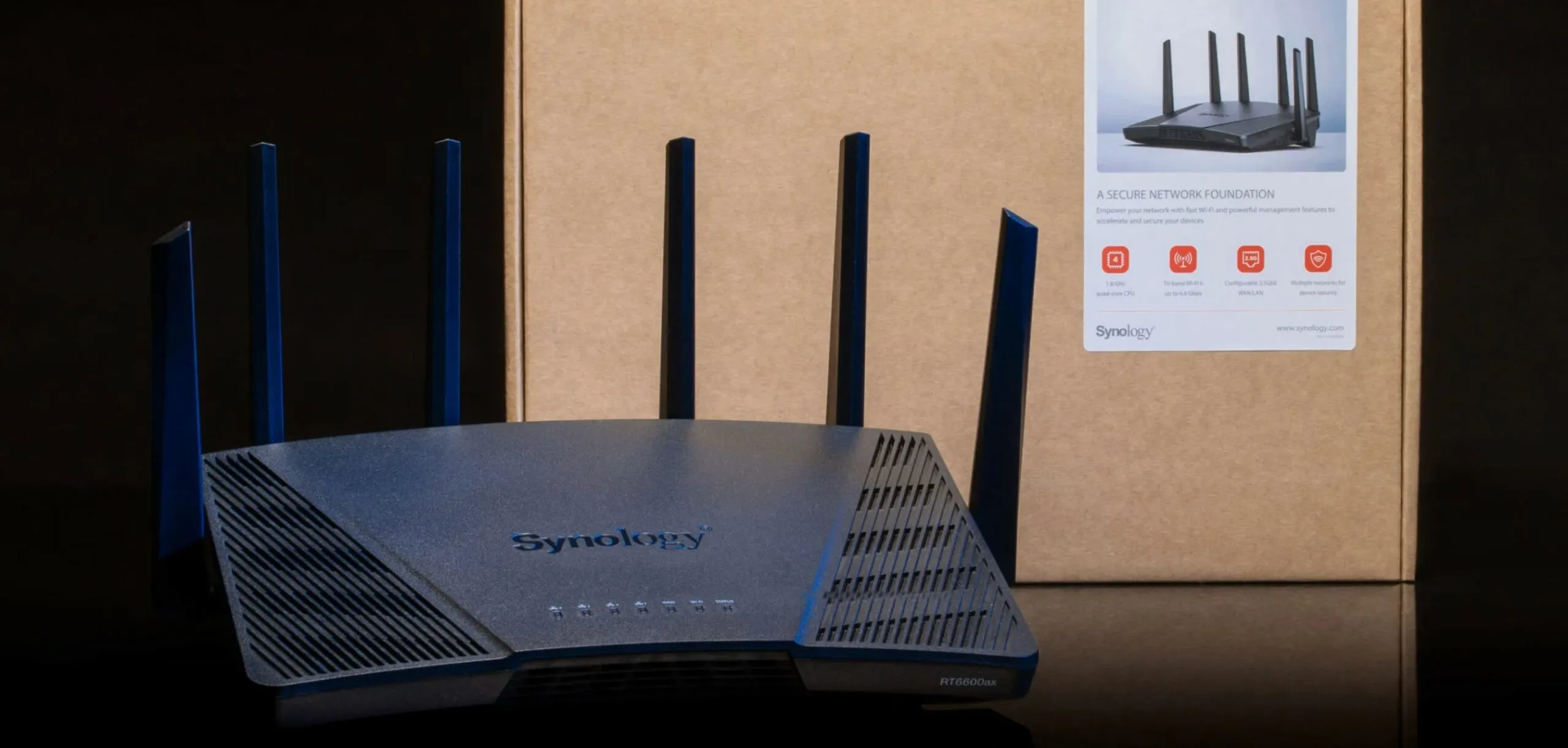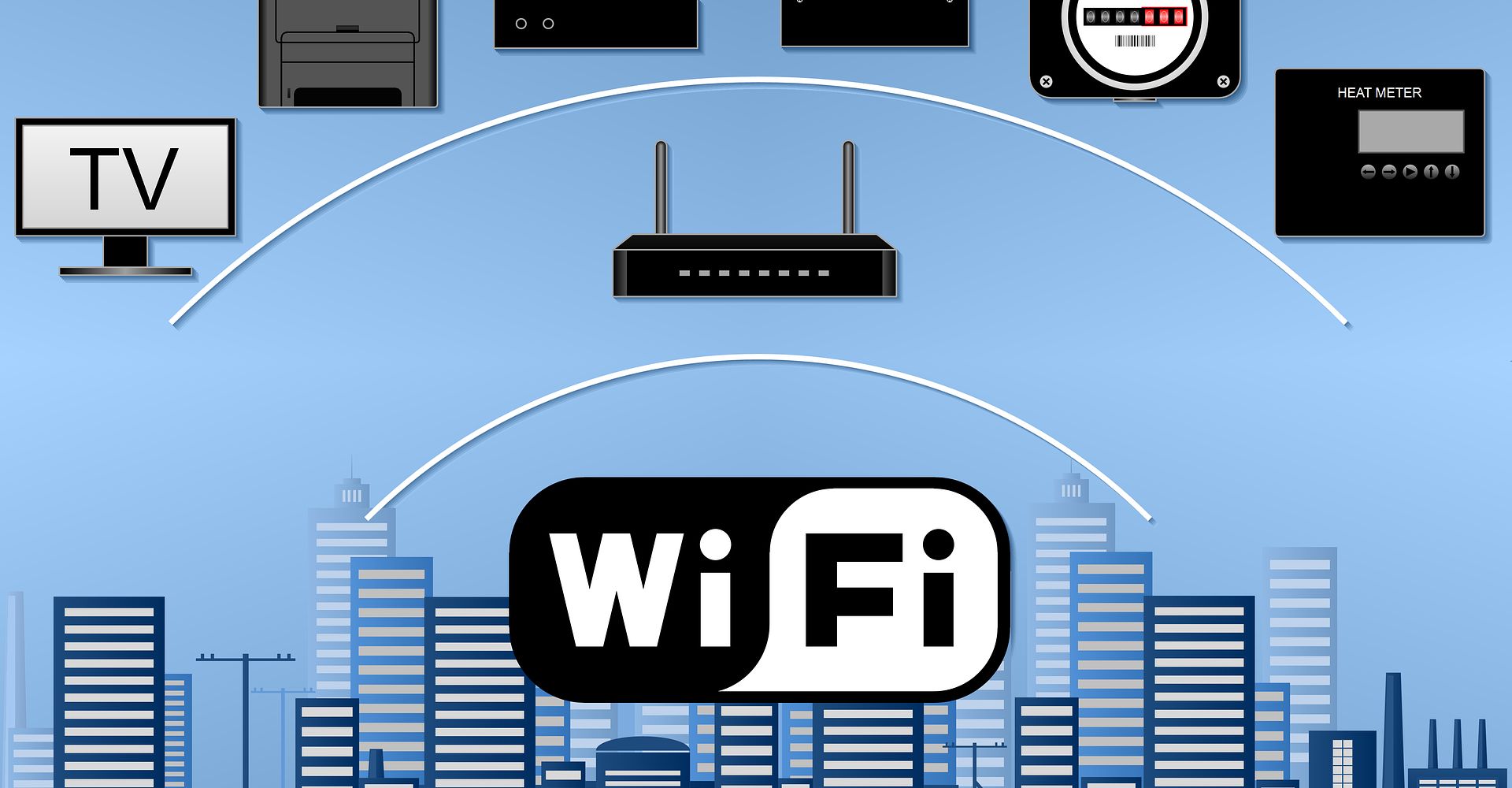Introduction
The world of smart home technology has experienced rapid growth in recent years, with an increasing number of devices being connected to the internet. This network of connected devices, known as the Internet of Things (IoT), allows homeowners to control and automate various aspects of their homes, from lighting and temperature to security systems and appliances. One crucial component of an IoT smart home is the wireless standard that enables communication between devices. There are several different wireless standards available for IoT smart home applications, each with its own set of features and capabilities.
One of the most widely used wireless standards for internet connectivity is 802.11, which is commonly referred to as Wi-Fi. This standard has revolutionized wireless connectivity and has become the foundation of modern home and office networks. With its widespread adoption, it is natural to wonder which IoT smart home wireless standard, if any, shares the same frequency as 802.11. Understanding this compatibility is crucial for homeowners looking to integrate their existing Wi-Fi network with IoT devices seamlessly.
In this article, we will explore the various IoT smart home wireless standards and identify which one uses the same frequency as 802.11. We will also discuss the benefits and limitations of this wireless standard and compare it with other popular options available in the market. By the end of this article, you will have a better understanding of the wireless standard that aligns with your existing Wi-Fi network and suits your IoT smart home needs.
What is 802.11?
802.11 is a series of wireless communication standards commonly known as Wi-Fi. Developed by the Institute of Electrical and Electronics Engineers (IEEE), these standards define the protocols and specifications for wireless local area networks (WLANs). The 802.11 standards have evolved over time, with each new iteration introducing improvements in terms of speed, range, and security.
The most widely used version of the 802.11 standard is 802.11ac, also known as Wi-Fi 5. It operates on the 5 GHz frequency band and offers higher data transfer speeds, making it ideal for streaming high-definition videos and supporting multiple devices concurrently. Another commonly used version is 802.11n, or Wi-Fi 4, which operates on both 2.4 GHz and 5 GHz frequency bands, providing a balance between range and speed.
The 802.11 standards utilize a variety of modulation techniques, such as Orthogonal Frequency Division Multiplexing (OFDM) and Multiple Input Multiple Output (MIMO), to enhance the efficiency and reliability of wireless data transmission. These standards also incorporate security measures, including Wired Equivalent Privacy (WEP), Wi-Fi Protected Access (WPA), and WPA2, to protect wireless networks from unauthorized access and ensure data privacy.
With its widespread adoption, 802.11 has become the de facto standard for wireless communication in homes, offices, cafes, and other public spaces. It allows devices such as smartphones, laptops, smart TVs, and IoT devices to connect to the internet and communicate with each other seamlessly. The versatility and convenience of 802.11 have made it an integral part of our daily lives, enabling us to stay connected and access information from anywhere within the wireless network’s range.
Now that we have a better understanding of what 802.11 is and its role in wireless communication, let’s delve into the IoT smart home wireless standards and identify which one utilizes the same frequency as 802.11.
Overview of IoT Smart Home Wireless Standards
When it comes to IoT smart home technology, there are several wireless standards available for connecting and controlling devices. Each standard has its own unique features, advantages, and limitations. Let’s take a closer look at some of the most common IoT smart home wireless standards:
-
Zigbee:
Zigbee is a low-power wireless communication protocol designed specifically for IoT applications. It operates on the 2.4 GHz frequency band and utilizes mesh networking to enable devices to communicate with each other. Zigbee is known for its long battery life and robustness, making it ideal for low-data-rate applications like smart lighting, home security systems, and sensor networks. -
Z-Wave:
Z-Wave is another popular wireless standard for smart home applications. It operates on the 900 MHz frequency band, which provides better range and penetration through walls compared to 2.4 GHz-based solutions. Z-Wave uses a mesh network topology and offers secure and reliable communication between devices. It is widely used for home automation, energy management, and security systems. -
Bluetooth:
Bluetooth is a wireless technology commonly associated with wireless audio devices and mobile accessories. However, Bluetooth Low Energy (BLE) has emerged as a viable option for IoT smart home applications. BLE operates on the 2.4 GHz frequency band, like Zigbee, and offers low power consumption, making it suitable for battery-powered devices. Bluetooth is widely supported, which means compatibility with a wide range of devices and platforms. -
Thread:
Thread is a wireless protocol built on IPv6 that is optimized for low-power, wireless mesh networks. It operates on the 2.4 GHz frequency band, similar to Zigbee and Bluetooth. Thread focuses on providing reliable and secure connectivity for smart home devices, with features like low latency, fast response times, and robust security mechanisms. It is well-suited for home automation, climate control, and lighting systems.
Each of these wireless standards offers its own set of advantages and is compatible with various IoT devices. Choosing the right standard depends on factors like the specific requirements of your smart home setup, range and coverage needs, power consumption limitations, and compatibility with existing devices or ecosystems.
In the next section, we will explore which IoT smart home wireless standard shares the same frequency as 802.11, allowing for seamless integration with your Wi-Fi network.
Which IoT Smart Home Wireless Standard Uses the Same Frequency as 802.11?
Among the various IoT smart home wireless standards available, one standard that operates on the same frequency as 802.11 is Zigbee. Zigbee uses the 2.4 GHz frequency band, which is also utilized by Wi-Fi networks that adhere to the 802.11b/g/n standards. This compatibility makes it easier for homeowners to integrate Zigbee-based devices with their existing Wi-Fi network without experiencing interference or signal degradation.
The use of the 2.4 GHz frequency band by both Zigbee and Wi-Fi networks may raise concerns about potential interference. However, Zigbee employs certain techniques to mitigate this issue. For instance, Zigbee uses Direct-Sequence Spread Spectrum (DSSS) modulation, which provides coexistence mechanisms to ensure minimal interference with Wi-Fi networks. Additionally, Zigbee uses a low-power transmission mode, reducing the chances of overlapping transmissions and minimizing interference.
Zigbee’s compatibility with the 2.4 GHz frequency band is advantageous for smart home applications. Many popular smart home devices, such as smart lights, door sensors, and smart thermostats, use Zigbee wireless connectivity. This compatibility allows homeowners to easily add Zigbee devices to their existing Wi-Fi network, enabling centralized control and automation of their smart home ecosystem.
Moreover, Zigbee’s use of mesh networking enables devices to create a network of interconnected nodes, increasing coverage range and ensuring reliable communication even in larger homes. This feature enhances the scalability and flexibility of a Zigbee-based smart home system.
It is important to note that while Zigbee operates on the same frequency as 802.11, it is a distinct wireless standard with its own set of protocols and specifications. Devices that support Zigbee require a Zigbee hub or gateway to facilitate communication between devices and control them through a user interface or a smart home platform.
Considering the compatibility of Zigbee with the 2.4 GHz frequency band, homeowners who already have a Wi-Fi network based on 802.11b/g/n can seamlessly incorporate Zigbee devices into their smart home setup. This integration allows for a unified smart home experience, with the ability to control both Wi-Fi and Zigbee devices through a single interface or voice assistant.
In the following section, we will discuss the benefits and limitations of using the Zigbee wireless standard for IoT smart home applications.
Benefits and Limitations of the Wireless Standard
The Zigbee wireless standard offers several benefits that make it an attractive choice for IoT smart home applications. Let’s explore some of its advantages:
- Compatibility: Zigbee devices operate on the widely used 2.4 GHz frequency band, which aligns with the same band used by Wi-Fi networks. This compatibility allows for easy integration of Zigbee devices into existing Wi-Fi networks without interference or signal degradation.
- Low Power Consumption: Zigbee is designed to be energy-efficient, making it suitable for battery-powered devices. The low power consumption extends the battery life of Zigbee devices, reducing the need for frequent battery replacements or recharging.
- Mesh Networking: Zigbee utilizes a mesh network topology, where each device can act as a network node, facilitating communication between devices even when they are not directly within range of the central hub. This feature improves coverage and enhances the reliability of the smart home network.
- Scalability: Zigbee supports a large number of devices on a single network, allowing homeowners to expand their smart home ecosystem without experiencing performance issues. The scalability of Zigbee makes it ideal for homes with numerous smart devices.
- Interoperability: Zigbee has a robust ecosystem with numerous manufacturers producing Zigbee-certified devices. This interoperability ensures that devices from different brands can work together seamlessly, providing a more flexible and diverse smart home setup.
While Zigbee offers significant advantages, it’s important to consider its limitations as well:
- Range: Zigbee’s range is generally shorter compared to other wireless standards, such as Z-Wave. This limitation may require the installation of additional Zigbee routers or repeaters to extend the network range, particularly in larger homes.
- Complex Setup: Setting up a Zigbee network may require the installation of a Zigbee hub or gateway, as well as pairing individual devices with the hub. This process can be more complex compared to Wi-Fi devices that typically connect directly to the home’s wireless network.
- Limited Bandwidth: Zigbee operates on the 2.4 GHz frequency band, which is shared with other devices, including Wi-Fi networks, Bluetooth devices, and microwaves. This shared bandwidth may result in congestion and slower data transfer speeds, especially in areas with heavy wireless traffic.
Considering the benefits and limitations of the Zigbee wireless standard is crucial when choosing the right wireless standard for your IoT smart home. The next section will provide a comparison of Zigbee with other popular IoT smart home wireless standards, helping you make an informed decision.
Comparison with Other IoT Smart Home Wireless Standards
When considering the right wireless standard for your IoT smart home, it is important to compare Zigbee with other popular options available in the market. Here, we will compare Zigbee with two commonly used IoT smart home wireless standards: Z-Wave and Bluetooth.
Zigbee vs. Z-Wave: Both Zigbee and Z-Wave are mesh networking wireless standards designed for low-power, reliable communication in smart home applications. However, there are some key differences to consider. One major difference is the frequency band they operate on. Zigbee uses the 2.4 GHz band, while Z-Wave operates on the 900 MHz band. The 900 MHz band provides better range and penetration through walls, making Z-Wave a suitable choice for larger homes. Additionally, Z-Wave devices typically have longer battery life compared to Zigbee devices. However, Zigbee offers a broader range of interoperable devices and has a more extensive ecosystem with multiple manufacturers, providing more flexibility in device selection and integration.
Zigbee vs. Bluetooth: Zigbee and Bluetooth are both wireless standards suitable for IoT smart home applications. However, there are notable differences between the two. Bluetooth has wider device compatibility and is commonly found in smartphones, tablets, and audio devices. It offers faster data transfer rates, making it suitable for applications that require high-speed data streaming. On the other hand, Zigbee offers better power efficiency, longer battery life, and a larger network capacity. Zigbee is particularly well-suited for applications that require low data transfer rates and a high number of devices in a network, such as smart lighting and sensor networks.
Ultimately, the choice between Zigbee, Z-Wave, and Bluetooth depends on your specific smart home requirements. Consider factors like range, power consumption, device compatibility, ecosystem support, and the types of devices you plan to integrate into your smart home system. It’s also important to check for compatibility with smart home hubs and ensure that the wireless standard aligns with your existing network infrastructure.
By comparing Zigbee with other popular IoT smart home wireless standards, you can make an informed decision that suits your specific needs and preferences.
Conclusion
In conclusion, choosing the right IoT smart home wireless standard is a critical decision that can greatly impact the functionality and performance of your smart home ecosystem. Understanding the compatibility and benefits of different wireless standards is key to creating a seamless and efficient smart home experience.
802.11, commonly known as Wi-Fi, is a widely adopted wireless standard used for internet connectivity. Zigbee, along with Z-Wave and Bluetooth, is one of the popular wireless standards specifically designed for IoT smart home applications.
Zigbee stands out for its compatibility with the 2.4 GHz frequency band, similar to 802.11. This compatibility allows for easy integration of Zigbee devices into existing Wi-Fi networks without interference or signal degradation. Zigbee’s low power consumption, mesh networking capabilities, scalability, and interoperability make it a reliable choice for smart home applications.
However, it’s important to consider the range, complexity of setup, and limited bandwidth associated with Zigbee. For larger homes or environments with heavy wireless traffic, alternative wireless standards like Z-Wave or Bluetooth might be worth considering.
Ultimately, your choice of a wireless standard boils down to your specific smart home requirements, including range needs, device compatibility, ecosystem support, and power consumption. It’s crucial to carefully evaluate and compare different wireless standards before making a decision.
By understanding the various IoT smart home wireless standards and their compatibility with your existing Wi-Fi network, you can create a connected smart home that seamlessly integrates all your devices and enhances your daily life.







